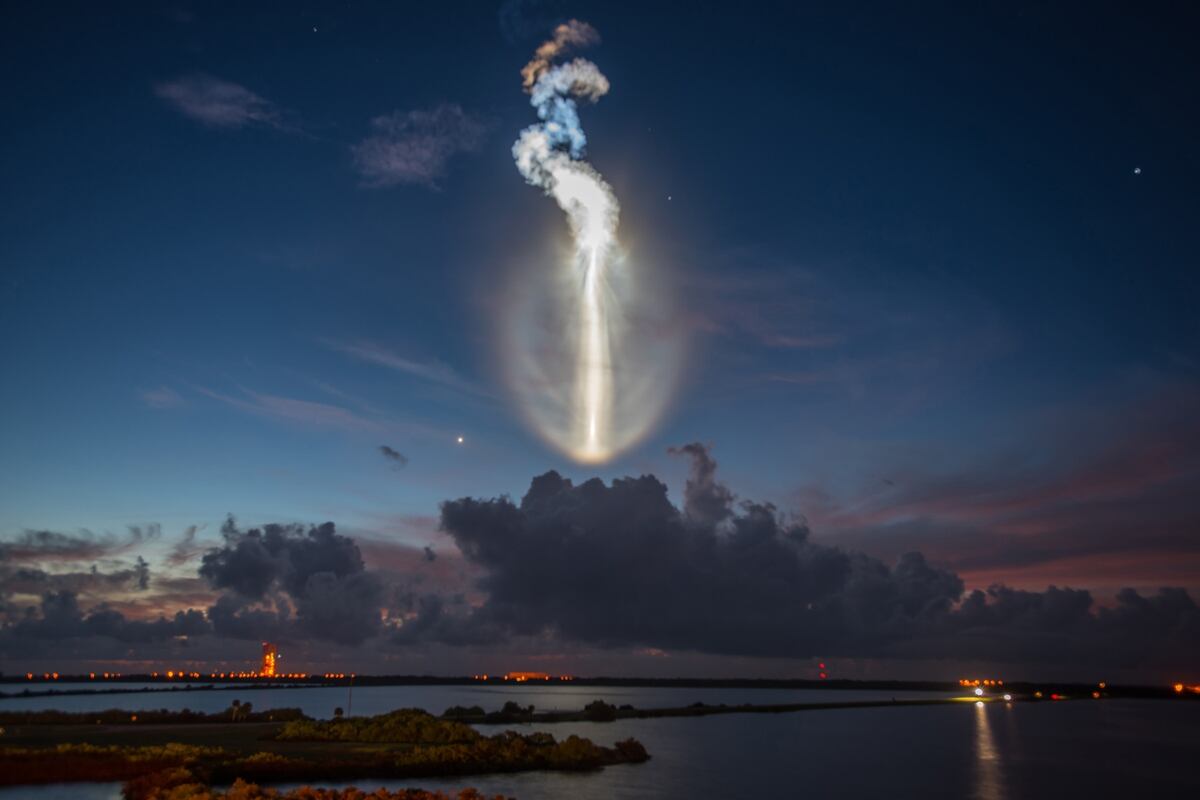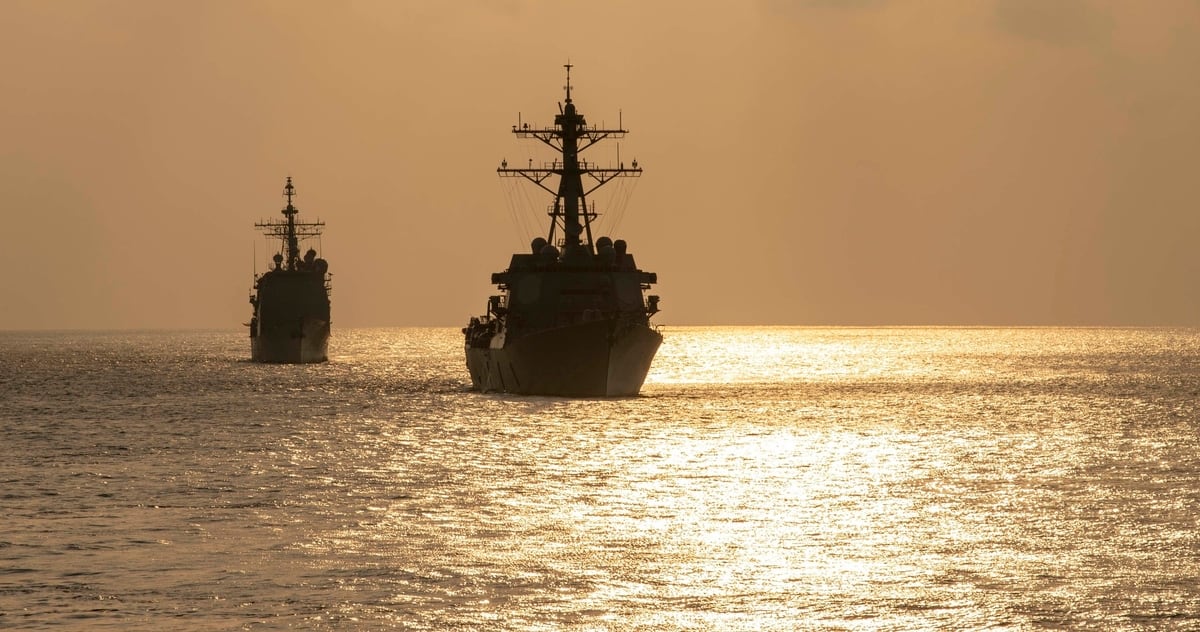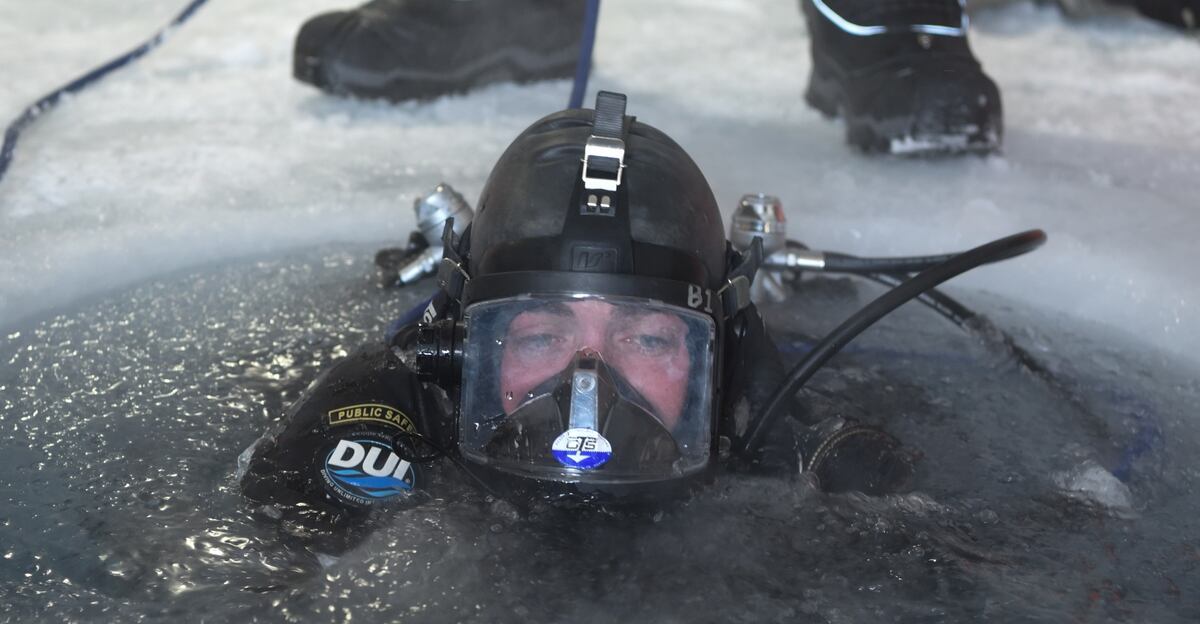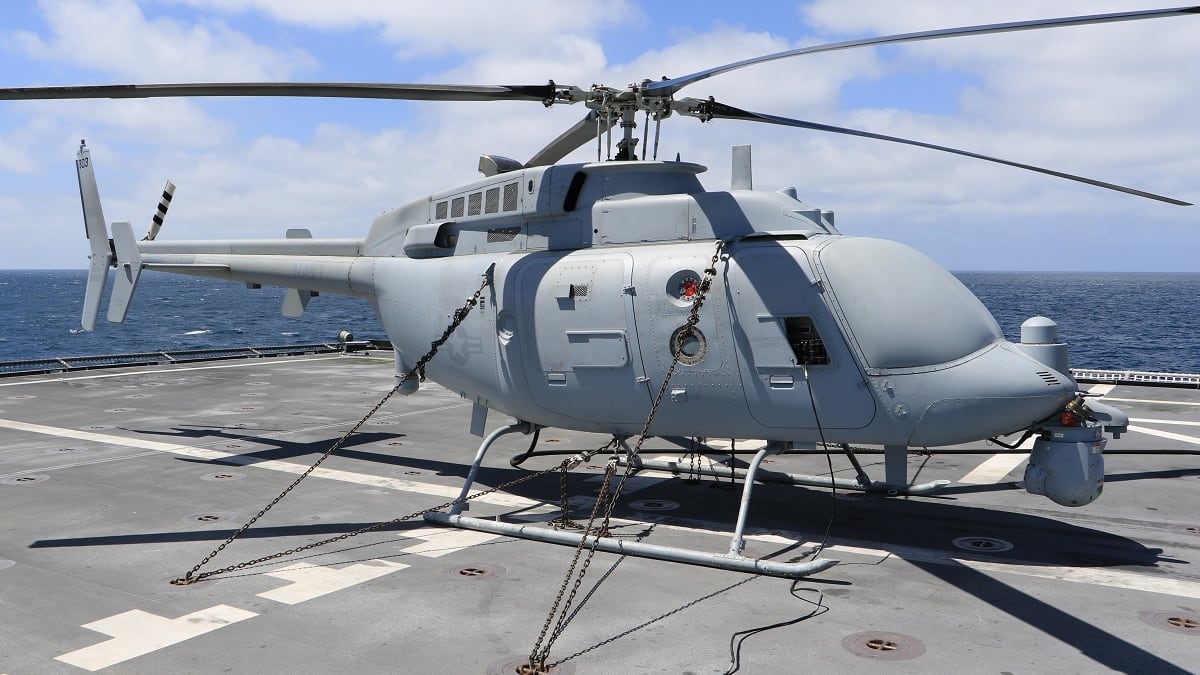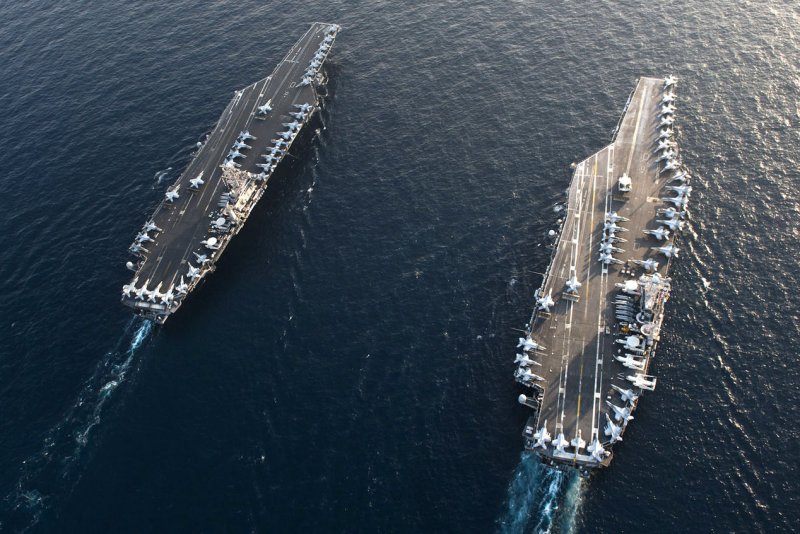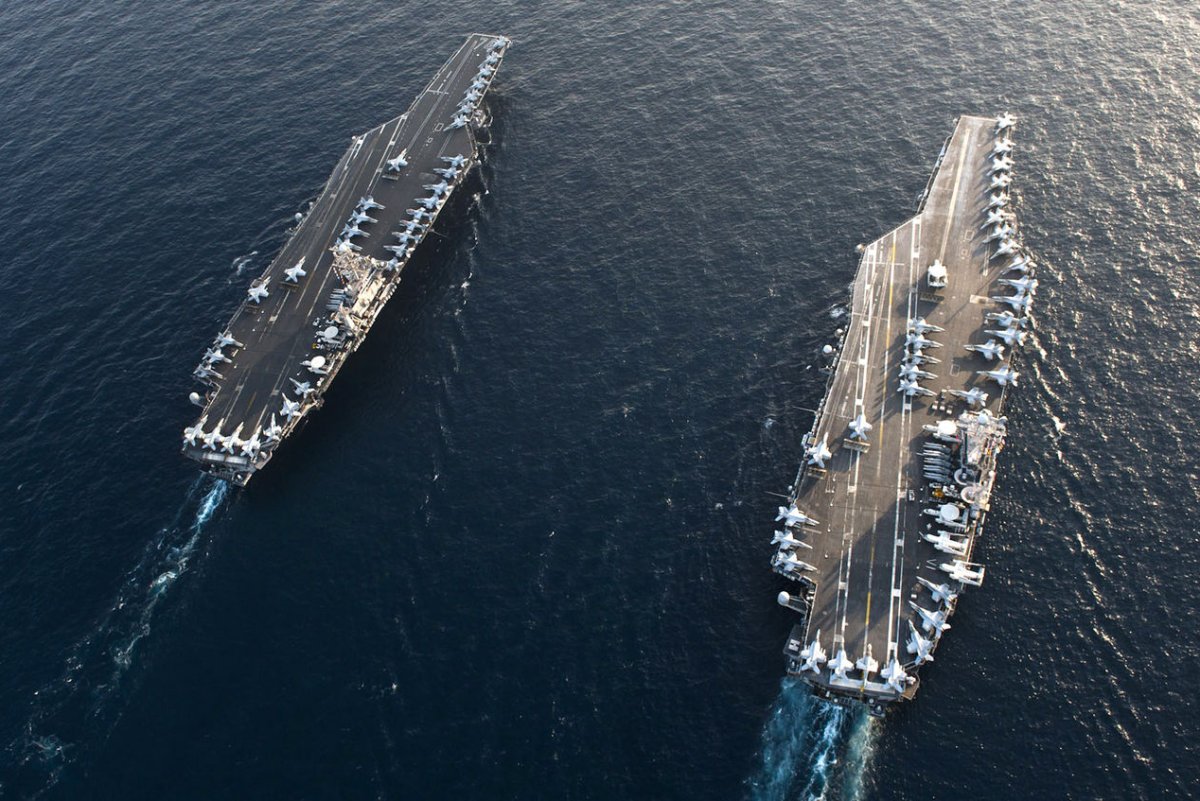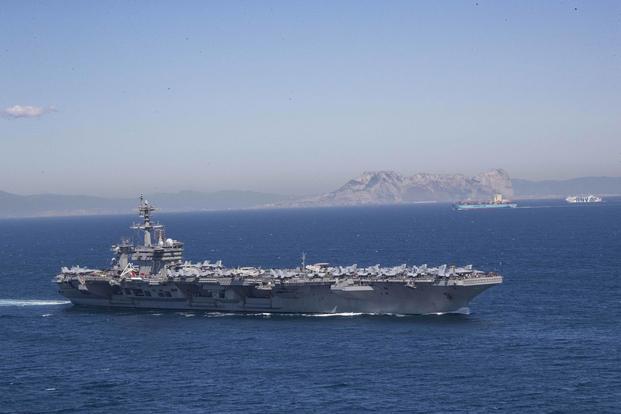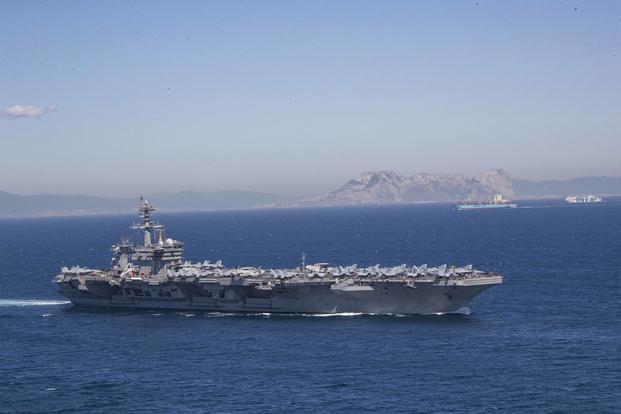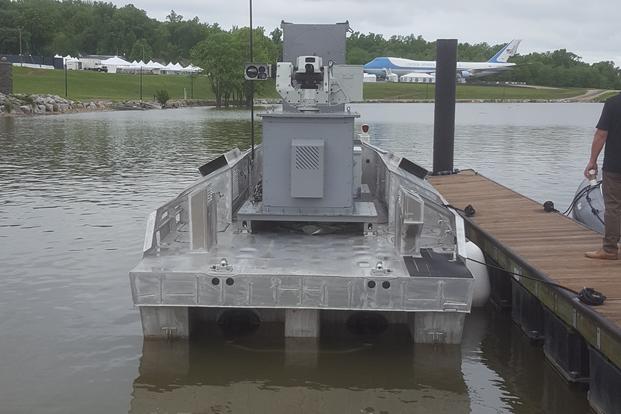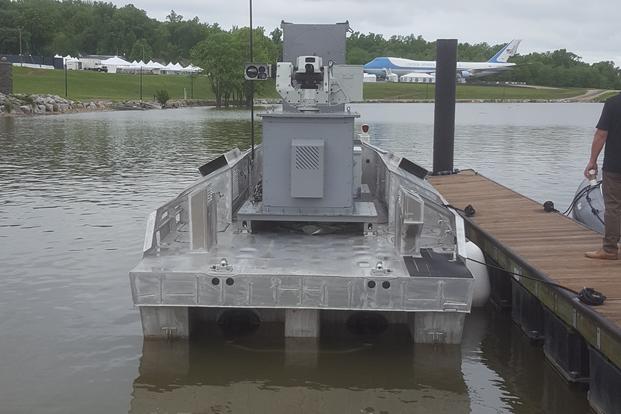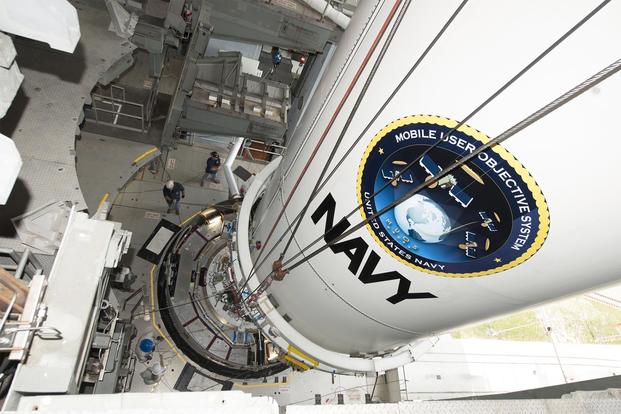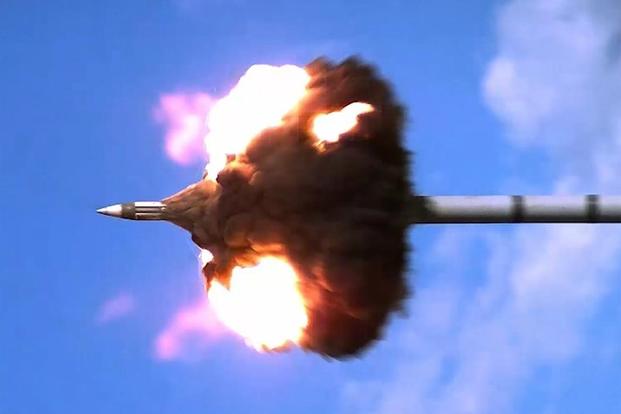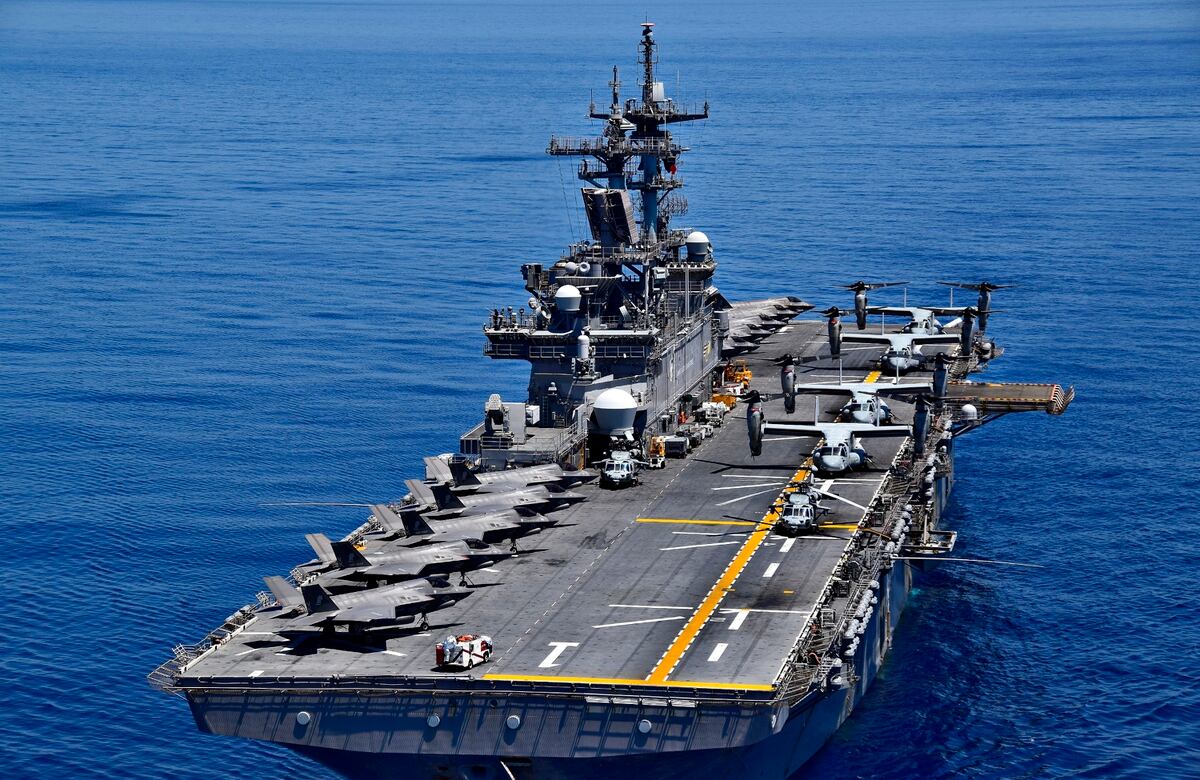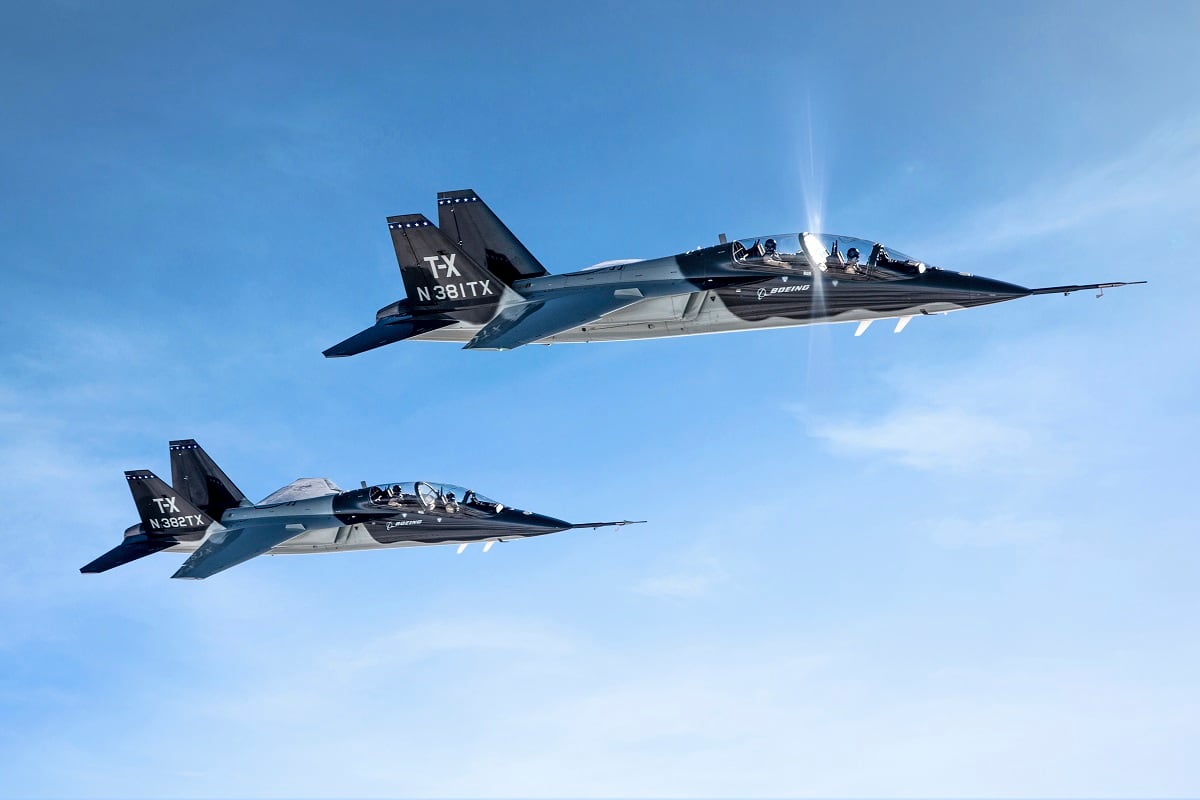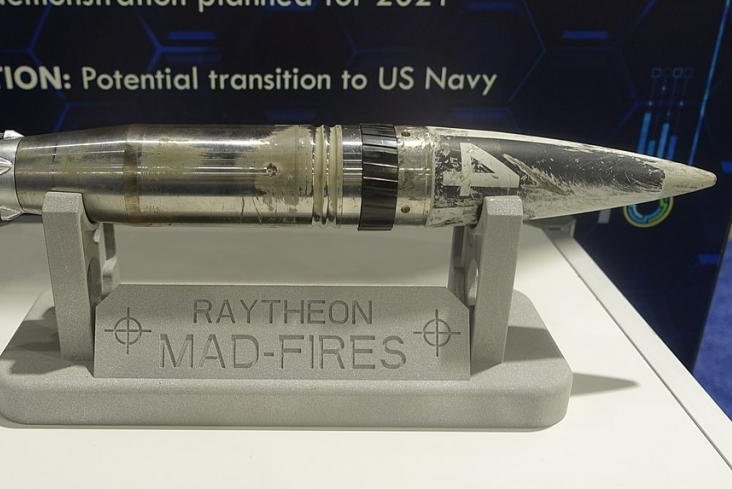Pentagon: Chinese military growing fast to challenge U.S. military superiority
By Nicholas Sakelaris
MAY 3, 2019

The Chinese military is growing rapidly to counter U.S. superiority, a new report from the Pentagon said. File Photo by Stephen Shaver/UPI | License Photo
May 3 (UPI) -- Chinese President Xi Jinping has launched icebreakers and civilian research stations in Iceland and Norway that could be precursors for a fleet of nuclear-armed submarines to the Arctic region, the Pentagon said in its annual report on China.
China's military is growing rapidly as part of its goal of becoming a "near-Arctic state" with control of the "Polar Silk Road," the Pentagon report said. The report mentions the word "Arctic" 21 times -- last year's report mentioned it one time.
The push to military modernization is expected to be complete by 2035 with a "world-class" force by 2049. That includes an aircraft carrier fleet that's built domestically and a hypersonic glide vehicle. The country has one aircraft carrier in operation, the Liaoning.
Chinese "ground, naval, air and missile forces are increasingly able to project power" and "contest U.S. military superiority" in the region, the report said.
China has improved its ability to conduct complex joint operations to counter the United States. Beijing's espionage against the United States and the defense industry has focused on aviation technology and antisubmarine warfare. China can also operate at longer ranges away from the mainland.
The report warns that Chinese citizens will use "coercion and blackmail" to advance China's interests while military units also "conduct clandestine and overt intelligence collection."
China placed anti-ship cruise missiles and long-range surface-to-air missiles on Spratly Island in the South China Sea, despite claims that it won't "pursue militarization" of that area. China was excluded from naval war exercises because of the deployment last year.
China is also increasing sales of its drones to countries like Burma, Iraq, Pakistan, Saudi Arabia and the United Arab Emirates. China has "little competition" for these sales.
This latest report comes as the Trump administration continues to push for a new trade deal with China. Right now, both sides have placed tariffs on billions of dollars in Chinese goods.

 www.upi.com
www.upi.com
By Nicholas Sakelaris
MAY 3, 2019

The Chinese military is growing rapidly to counter U.S. superiority, a new report from the Pentagon said. File Photo by Stephen Shaver/UPI | License Photo
May 3 (UPI) -- Chinese President Xi Jinping has launched icebreakers and civilian research stations in Iceland and Norway that could be precursors for a fleet of nuclear-armed submarines to the Arctic region, the Pentagon said in its annual report on China.
China's military is growing rapidly as part of its goal of becoming a "near-Arctic state" with control of the "Polar Silk Road," the Pentagon report said. The report mentions the word "Arctic" 21 times -- last year's report mentioned it one time.
The push to military modernization is expected to be complete by 2035 with a "world-class" force by 2049. That includes an aircraft carrier fleet that's built domestically and a hypersonic glide vehicle. The country has one aircraft carrier in operation, the Liaoning.
Chinese "ground, naval, air and missile forces are increasingly able to project power" and "contest U.S. military superiority" in the region, the report said.
China has improved its ability to conduct complex joint operations to counter the United States. Beijing's espionage against the United States and the defense industry has focused on aviation technology and antisubmarine warfare. China can also operate at longer ranges away from the mainland.
The report warns that Chinese citizens will use "coercion and blackmail" to advance China's interests while military units also "conduct clandestine and overt intelligence collection."
China placed anti-ship cruise missiles and long-range surface-to-air missiles on Spratly Island in the South China Sea, despite claims that it won't "pursue militarization" of that area. China was excluded from naval war exercises because of the deployment last year.
China is also increasing sales of its drones to countries like Burma, Iraq, Pakistan, Saudi Arabia and the United Arab Emirates. China has "little competition" for these sales.
This latest report comes as the Trump administration continues to push for a new trade deal with China. Right now, both sides have placed tariffs on billions of dollars in Chinese goods.

Pentagon: Chinese military growing fast to challenge U.S. military superiority - UPI.com
Chinese President Xi Jinping has launched icebreakers and civilian research stations in Iceland and Norway that could be precursors for a fleet of nuclear-armed submarines to the Arctic region, a Pentagon report said.

